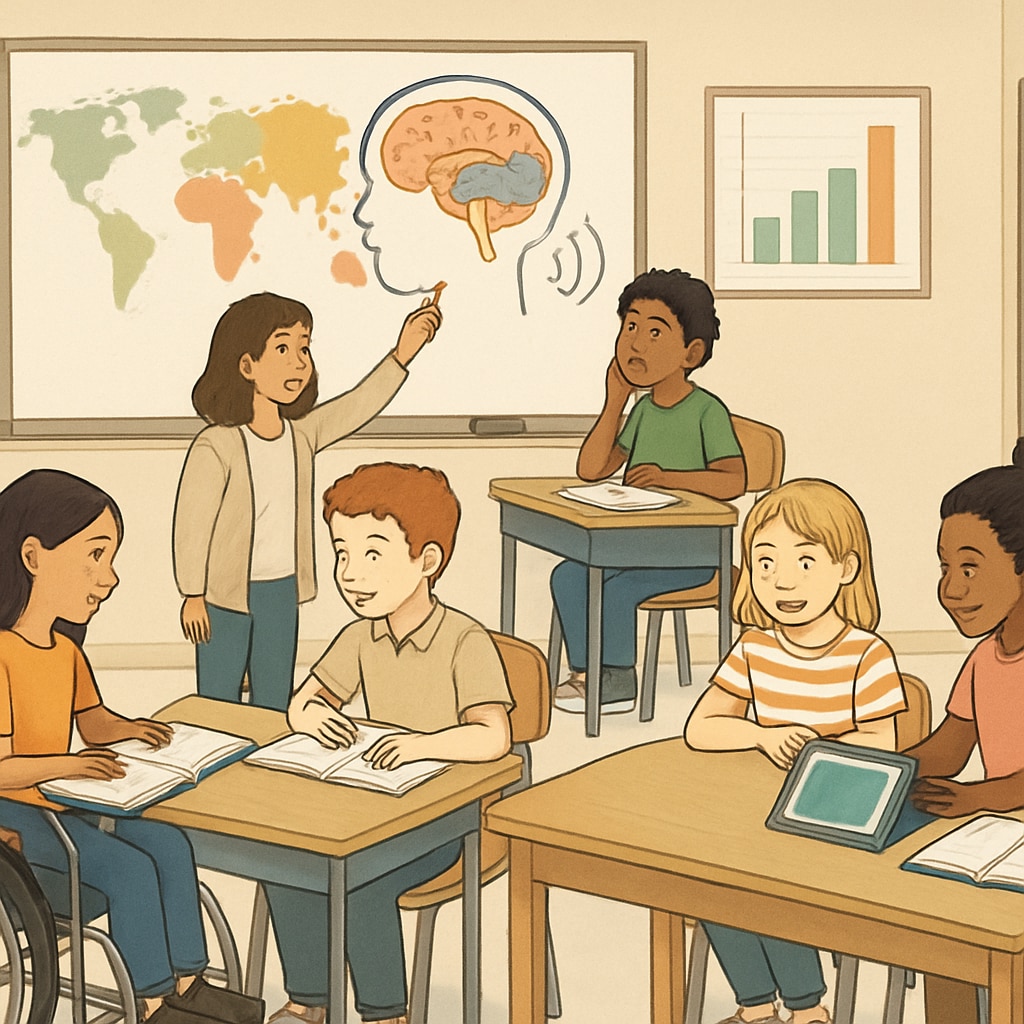Gifted education programs often rely heavily on standardized testing to identify high-potential students. However, this approach may inadvertently overlook a unique subset of learners: children who possess both exceptional intelligence and ADHD (Attention Deficit Hyperactivity Disorder). These students often fall through the cracks of traditional evaluation methods, as their ADHD traits can mask their true capabilities. To address this issue, the educational system must adopt a more comprehensive and inclusive approach to student assessment.

The Limitations of Standardized Testing in Gifted Education
Standardized testing has long been the cornerstone of gifted education programs. These tests are designed to evaluate cognitive abilities, problem-solving skills, and academic achievement. However, they are often narrow in scope, focusing primarily on traditional measures of intelligence. For students with ADHD, this can be a major obstacle. ADHD symptoms such as impulsivity, distractibility, and difficulty with sustained focus can negatively impact test performance, even if the child possesses extraordinary intellectual abilities.
As a result, many gifted students with ADHD are misclassified or missed altogether. For example, a child may excel in creative problem-solving or exhibit advanced reasoning skills but struggle to complete standardized test sections due to time constraints or distractions. This misalignment between test structure and the student’s cognitive profile underscores the need for alternative evaluation methods.
How ADHD Traits Can Mask Giftedness
ADHD traits often overlap with characteristics commonly associated with giftedness, such as high energy levels, curiosity, and unconventional thinking. While these traits can be strengths, they may also lead to behaviors that are misinterpreted as deficits in a traditional classroom setting. For instance, a student who frequently interrupts lessons with insightful questions may be seen as disruptive rather than intellectually curious.
Furthermore, ADHD can affect executive functioning, which includes skills such as organization, time management, and task prioritization. Without support, these challenges can overshadow a student’s intellectual potential, leading educators to underestimate their capabilities. This phenomenon underscores the importance of training teachers to recognize and nurture giftedness in students with diverse learning profiles.

Building More Inclusive Evaluation Systems
To bridge the gap in identifying gifted students with ADHD, educators and policymakers must rethink the tools and criteria used in evaluation processes. Below are several strategies that could improve inclusivity:
- Dynamic Assessments: These assessments evaluate a student’s learning potential through interactive tasks, rather than static test scores, offering a more nuanced view of their abilities.
- Portfolio-Based Evaluation: Collecting examples of a student’s work over time can provide insights into their creativity, problem-solving skills, and academic strengths.
- Behavioral Observations: Observing students in various settings allows educators to identify traits that may be overlooked during formal testing.
- Teacher and Parent Input: Collaboration between educators and parents ensures a holistic understanding of the child’s abilities and challenges.
- Specialized Training: Providing teachers with training on ADHD and its intersection with giftedness can help them recognize and support these students effectively.
These methods emphasize flexibility and personalization, making it easier to identify gifted students whose talents may not align with traditional testing frameworks.
The Long-Term Impact of Misidentification
Failing to recognize giftedness in students with ADHD can have long-term consequences for both the individual and society. These students may experience frustration, low self-esteem, and underachievement, as their needs remain unmet within the standard educational system. Additionally, society misses out on the contributions these individuals could make in fields such as science, art, and innovation.
By adopting more inclusive evaluation systems, educators can ensure that all students have the opportunity to reach their full potential. This shift not only benefits the individual but also enriches the educational landscape by embracing diversity and fostering creativity.
Readability guidance: This article uses concise paragraphs, integrates lists to summarize key points, and emphasizes transitions like “however,” “therefore,” and “for example” to enhance flow. Passive voice and long sentences are minimized for clarity.


